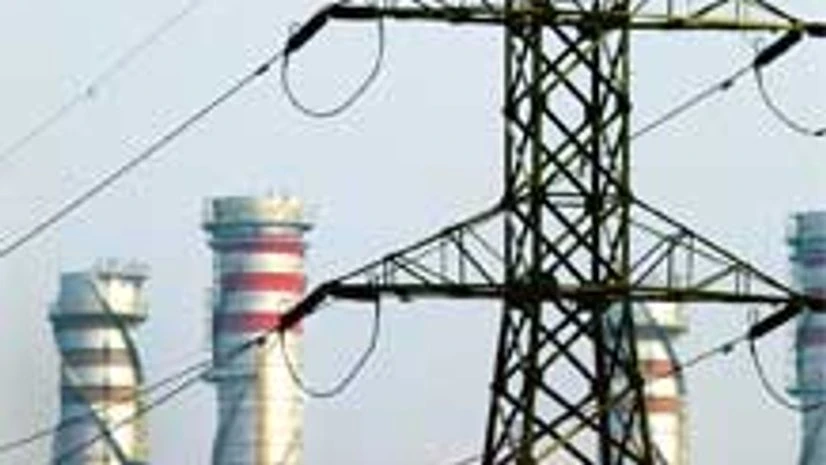The power sector has seen several positive headwinds blow in the past few days. Coal India (CIL) has signed 140 of the 173 fuel supply pacts (FSAs) it was expected to, for a capacity of 60,000 MW, in effect committing 80% assured fuel supply to power plants. 65% of this requirement will be met through domestic production while 15% will be imported. Reports suggest the PSU will begin imports by the end of September.
The other development relates to gas based power projects. The government is considering a Rs 24,239 cr subsidy this year to revive projects stranded for the want of fuel. The plan is to pool imported LNG (5mmscmd) with domestic fuel to fire up over 18,000 MW of gas based capacity that’s either stuck or operating at abysmally low plant load factors. Under the proposal, the government will subsidize the cost of fuel jacked up because of the import component.
While on the face of it these developments seem like big positives, in the absence of concurrent improvements in back-end infrastructure, such announcements are unlikely to have much of an impact. “The government can say anything it wants, but the fact is, you need to build adequate LNG infrastructure i.e. import terminals and re-gasification plants. That as well as internal evacuation systems are very poor in most parts of the country. If you look at the number of new agreements GAIL India, IOC and others have signed, we may have LNG at ports in the coming years, but the main challenge would be to evacuate gas from one part of the country to another.” Narendra Taneja, Editor – Upstream told Business Standard.
Analysts are also skeptical of whether this suggestion will actually be accepted by the Cabinet. “This is unlikely to be approved as the Central government will have to bear the entire subsidy burden while gas based power projects in India are concentrated mainly in the 3-4 states of Gujarat, Maharashtra, Kerala and Andhra Pradesh.” Says Rupesh Sankhe, Senior Power Analyst at Karvy Stock Broking.
The issue of cabinet approval to sign coal FSAs doesn’t arise as it was a presidential directive. But the problem of inadequate supporting infrastructure to execute these agreements is more glaring in the coal sector.
Even as Coal India has audaciously agreed to provide a minimum of 80% of assured fuel under the FSAs, it will need to ramp up capacity by an additional 250 million tonnes (approximately) to meet the 65% supplies through domestic fuel according to an analysis by Business Standard. Given that production has stayed stagnant for the last couple of years there are serious doubts about how it will do this.
ALSO READ: Power dreams
More From This Section
Then there are the logistical challenges.
Estimates suggest 188 railway rakes are required a day to transport coal to plants while railways are able to supply on 161 rakes a day. Connectivity projects like the coal corridors are also stuck in clearance delays constraining evacuation capacity from domestic mines.
Also a surge in coal imports as a result of 15% of the supplies under the FSA having to be met through imports means imported coal demand is expected to go up by 39 mn tonnes annually. India’s total coal imports are as it is expected to hit a record of 165 million tonnes this year, up from 137.5 tonnes last year. The 12 major ports have a coal handling capacity of just 66 mt, expected to go up to 177 mt by the end of 2016-17 even as projected requirement is 265 mt according to an analysis by this paper.
Clearly then, unless there is a synchronized capacity build up in critical infrastructure in these areas, these positive developments will just end up remaining just redundant policy announcements.

)
